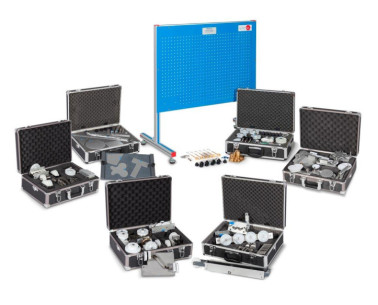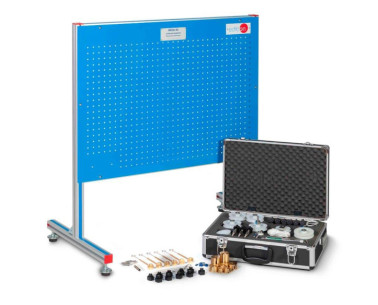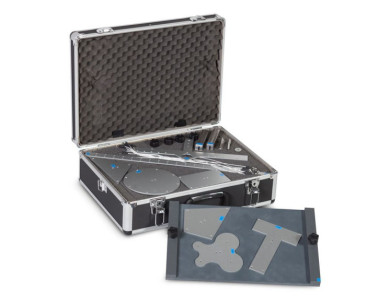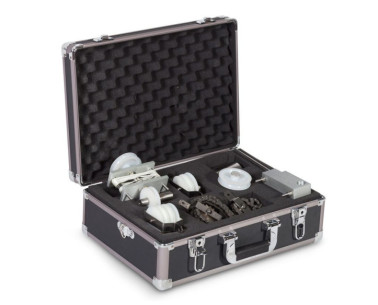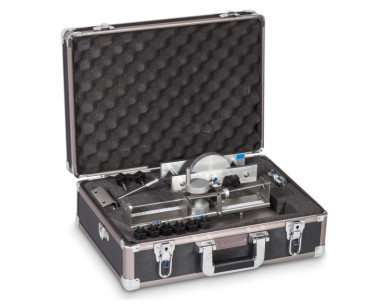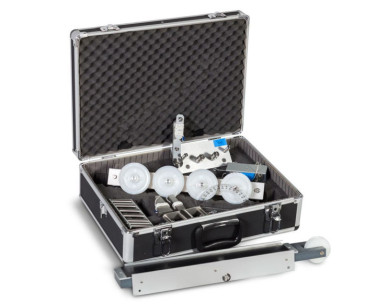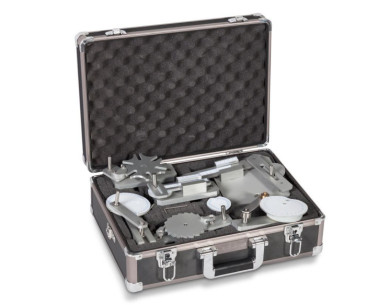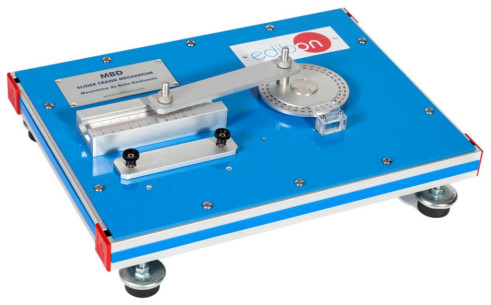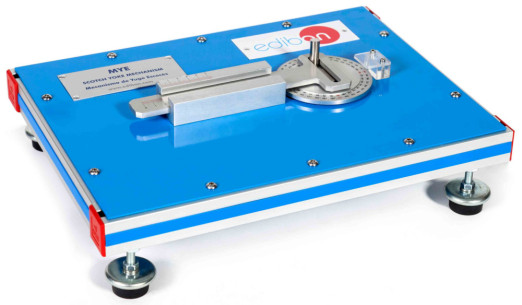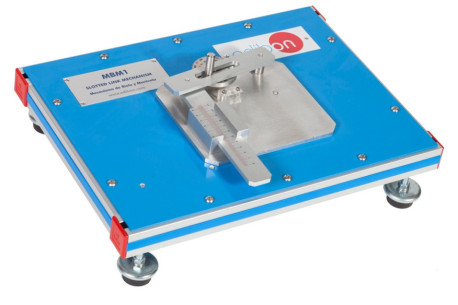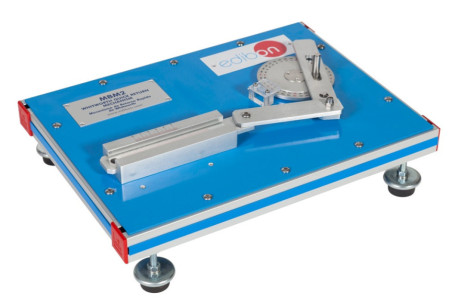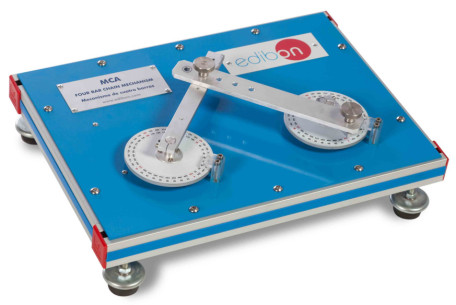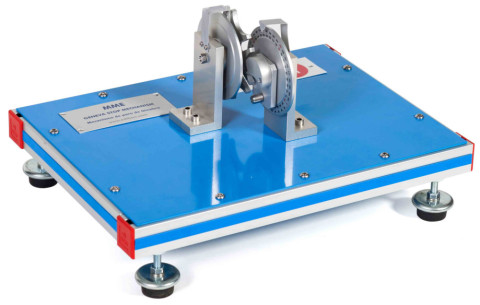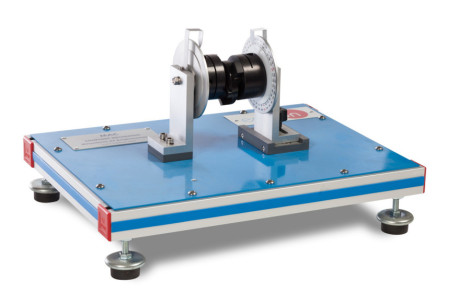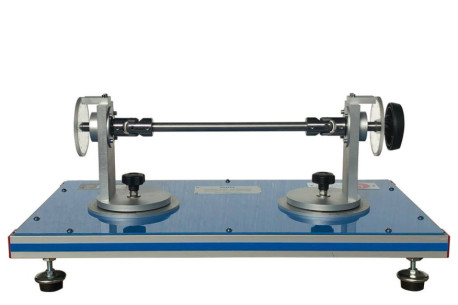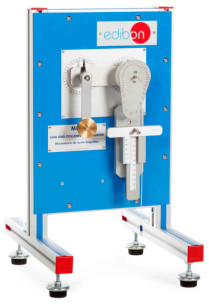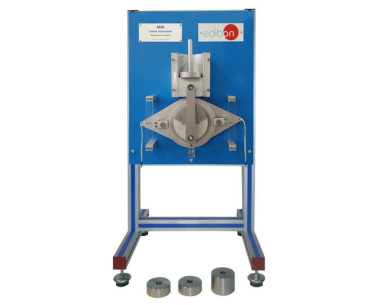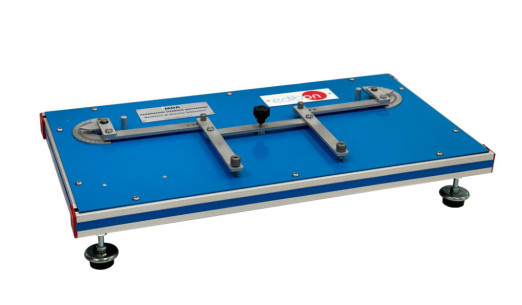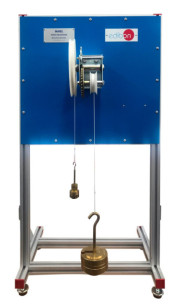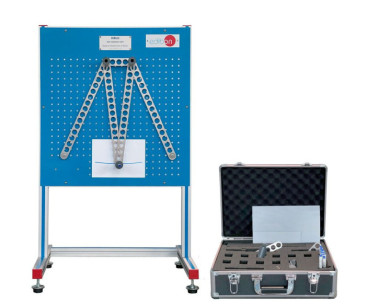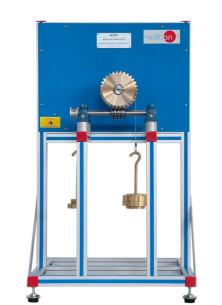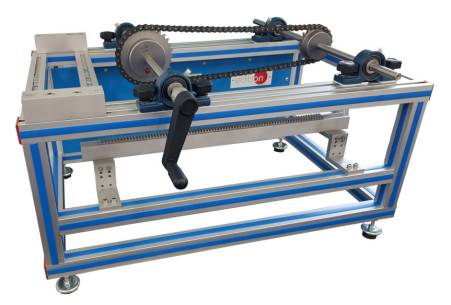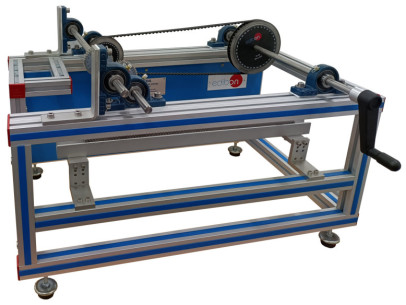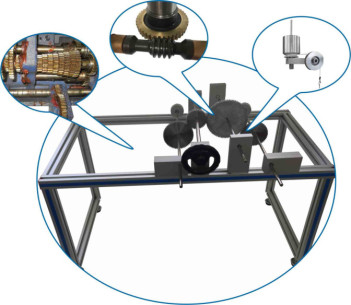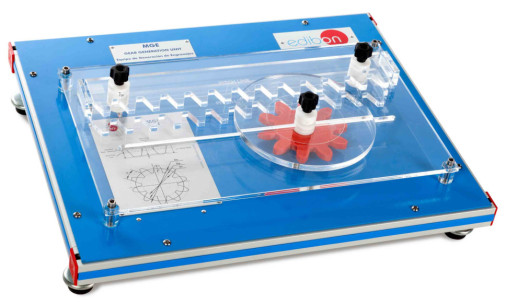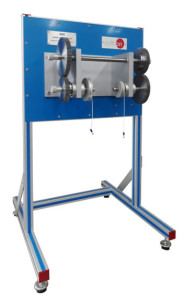Edibonは, ユーザーのブラウジング習慣に基づいて, 分析, 広告, およびプロファイリングCookieを使用します. 閲覧を続けると, すべてのCookieのインストールに同意したとみなされます. 設定と拒否をクリックして, Cookieを構成または拒否できます. Cookieポリシーの詳細.
Required cookies
常にアクティブ
These cookies are strictly necessary for the operation of the site, you can disable them by changing the settings of your browser but you will not be able to use the site normally.
使用されたクッキー
Functional cookies
These cookies provide necessary information to applications of the website itself or integrated by third parties, if you disable them you may find some problems in the operation of the page.
使用されたクッキー
Performance cookies
These cookies are used to analyze the traffic and behavior of customers on the site, help us understand and understand how you interact with the site in order to improve performance.
使用されたクッキー
Guided cookies
These cookies can be from the site itself or from third parties, they help us to create a profile of your interests and to offer you advertising aimed at your preferences and interests.
使用されたクッキー
Analytical cookies
Are those that allow the analysis of user behavior on the Website.
使用されたクッキー
You can enable, know, block or delete the cookies installed on your computer by configuring the options of the browser installed on your computer.
For example, you can find information about the procedure to follow if you use the following browsers:
Firefox from here: http://support.mozilla.org/es/kb/habilitar-y-deshabilitar-cookies-que-los-sitios-web
Chrome from here: https://support.google.com/chrome/answer/95647?hl=es
Explorer from here: https://support.microsoft.com/es-es/help/17442/windows-internet-explorer-delete-manage-cookies
Safari from here: http://support.apple.com/kb/ph5042
Opera from here:http://help.opera.com/Windows/11.50/es-ES/cookies.html


 クッキーの設定
クッキーの設定

